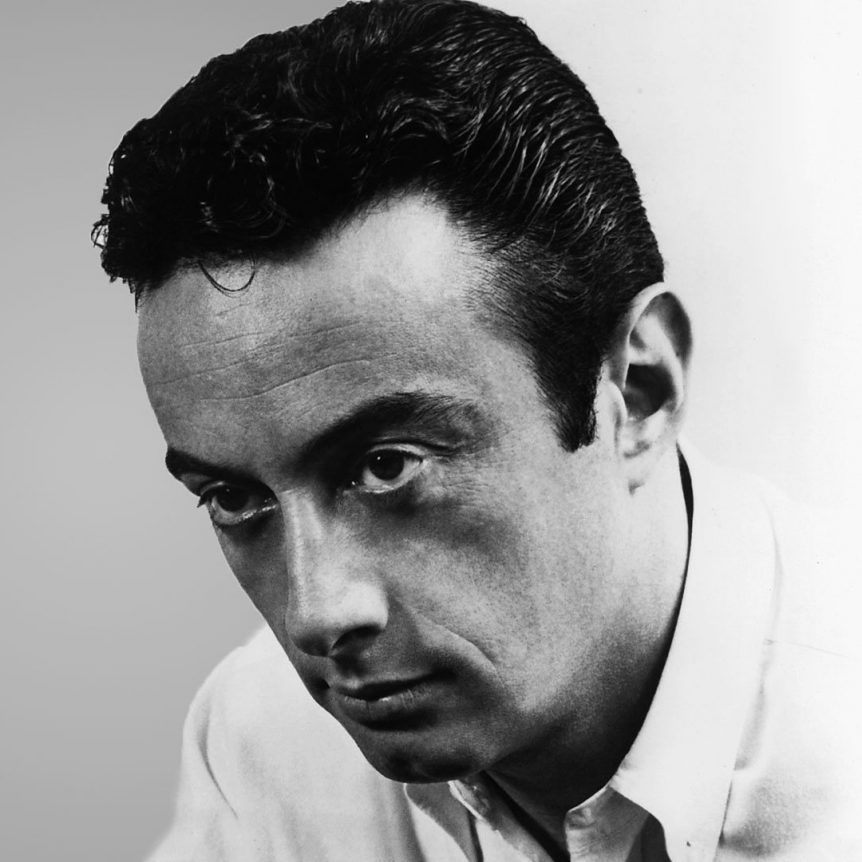The State of Arkansas’s recent rush to execute eight death-row prisoners before the expiration date on one of the drugs in its killer cocktail (as of my deadline they were halfway there) is a stellar example of the absurdity of the death penalty. Even here in progressively enlightened California officials are still trying to figure out the most humane combination of chemicals it takes to poison a condemned criminal.
These kinds of public dramas would be comical were they not so grotesque. As in some Marx Brothers or Three Stooges or Samuel Beckett routine, public servants were arguing over how many drugs, and which ones in what combination, make for the most efficient method of execution.
Too bad Heath Ledger, River Phoenix, Philip Seymour Hoffman, Janis Joplin, Elvis, Prince and Lenny Bruce aren’t available as a panel of experts on the art of the overdose. Surely they could serve as authoritative advisers on how much dope, and what kind, it takes to finish someone off — and maybe even get them high before the lights go out. That seems sort of humane.
Humanity’s evolution from stoning to drawing-and-quartering to the gallows to the guillotine to the firing squad to the electric chair to the gas chamber to lethal injection (have I left anything out?) reveals nothing so much as the power of euphemism to veil what is, no matter how you do it or describe it, homicide.
It is only human nature to want to do away with people who have committed heinous crimes. I personally thought that Oklahoma City bomber Timothy McVeigh deserved to be buried alive in a building demolished by controlled implosion. There is something emotionally satisfying in contemplating the suffering of horrible individuals doomed to die for committing unspeakable acts against other people. The death penalty speaks to this primitive need for vengeance.
But apart from the fact that capital punishment has proved to be no deterrent to crime, and that there has yet to be devised a method of state murder that is not cruel and unusual, the idea that any civilized country would resort to such barbarism calls into question the notion of civilization.
And if death is a release from the trials and torments as well as the pleasures of living, and if imprisonment is at best a bummer, to execute a condemned convict is to do him (or her) a favor, putting him out of the existential misery of incarceration.
Life in prison, on the other hand, with no chance of parole — the endless monotony of walls and bars and the company of unpleasant people — seems to me a much more fitting and hellish revenge for society to take against a killer than letting him off the hook of his captivity by murdering him with the state’s official permission. (This is to say nothing of the reformed and repentant criminal who has acknowledged the unforgivable transgression of his crime and attempted to become, behind bars, a more decent person.)
Advertisement
As off-the-charts as Saudi Arabia’s mass beheadings may seem to squeamish Westerners, there’s something at least honest about making a public spectacle of the death penalty. I don’t see how openly chopping off heads is any more outrageous than injecting people with fatal doses of toxic chemicals behind closed doors.
So I would argue that if inmates are to be executed, the execution should be done in the public square — say, a football stadium — and of course on Facebook, YouTube and the Death Channel. Let “the people” observe in real time exactly what is being done in their name. Perhaps it should even be required viewing, with random citizens selected by lottery to pull the trigger or throw the switch or push the plunger or swing the fatal blade.
Then we would have a chance to see, streamed live and in infinite replays, just how humane such justice really is.
Stephen Kessler lives in Santa Cruz and is a regular contributor to the Sentinel.
